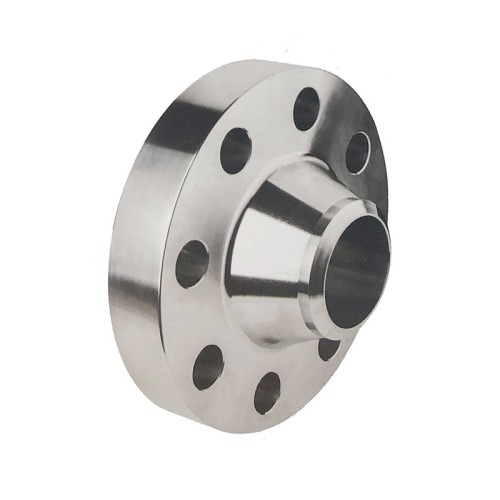manual gate valve with limit switch
Manual Gate Valve with Limit Switch A Comprehensive Overview
The manual gate valve is an essential component in various industries, providing reliable control over the flow of fluids or gases. One of the most significant advancements in gate valve technology is the integration of limit switches. This article explores the features, benefits, and applications of manual gate valves equipped with limit switches.
Understanding Manual Gate Valves
A manual gate valve is a linear valve that opens by raising a sliding gate. The valve is designed to allow or block the flow of fluid with minimal pressure drop, making it an excellent choice for applications where full flow is crucial. Typically constructed from materials such as cast iron, stainless steel, or brass, manual gate valves are engineered to withstand varying pressure and temperature conditions, ensuring durability and longevity.
The Role of Limit Switches
Limit switches are devices that detect the position of a mechanical component, in this case, the gate of the valve. When integrated into a manual gate valve, limit switches provide important feedback about the valve’s position—whether it is fully open, fully closed, or somewhere in between. This feedback is vital for automated systems where monitoring valve status is essential for operational safety and efficiency.
Advantages of Manual Gate Valves with Limit Switches
1. Enhanced Control and Monitoring The primary advantage of adding limit switches to manual gate valves is the ability to remotely monitor the valve’s status. This feature is particularly beneficial in complex systems where manual monitoring may not be feasible. Operators can receive real-time updates, ensuring that the system is functioning correctly.
2. Overload Protection Limit switches can help prevent damage to the valve by ensuring that it does not exceed its operational limits. For instance, if the gate is obstructed, a limit switch can trigger an alarm or shut down the system before any damage occurs. This protective feature enhances the reliability of the entire system.
3. Increased Safety Safety is paramount in industrial applications. The integration of limit switches allows for more precise control and monitoring of gate valves, reducing the risk of accidents related to operator error or mechanical failure. Automatic feedback from limit switches enables better safety protocols and emergency response measures.
manual gate valve with limit switch

4. Improved Efficiency With limit switches monitoring the valve’s position, operators can optimize workflow and reduce downtime. The ability to know whether a valve is open or closed streamlines operations, allowing for faster decision-making and enhanced overall efficiency.
5. Versatility Manual gate valves with limit switches are versatile and can be used in various applications, including water treatment facilities, chemical processing plants, and oil and gas pipelines. The adaptability of these valves makes them suitable for both high-pressure and low-pressure systems.
Applications of Manual Gate Valves with Limit Switches
Manual gate valves with limit switches are widely used in several industries, including
- Oil and Gas In this sector, controlling the flow of hydrocarbons is critical. These valves help manage pipelines, storage tanks, and refinery systems with precision. - Water and Wastewater Treatment Gate valves play a crucial role in controlling the flow of water through treatment processes, and limit switches ensure that the system operates within safe parameters.
- Food and Beverage In food processing, maintaining hygiene and controlling fluid transfer is paramount. Gate valves with limit switches enhance operational efficiency while ensuring compliance with safety standards.
- Power Generation In power plants, these valves are instrumental in managing steam and cooling water flow, contributing to overall plant efficiency and safety.
Conclusion
Manual gate valves with limit switches represent a significant improvement in fluid control technology. By providing real-time monitoring and enhancing safety, they play a vital role in a variety of industrial applications. As industries increasingly focus on automation and efficiency, the demand for such integrated solutions is expected to rise, driving further innovations in valve technology.
-
Breakthrough in Domestic Low Temperature Valve Technology in ChinaNewsAug.18,2025
-
From Machinery to Intelligent Brain: The Digital Transformation Wave of the Valve IndustryNewsAug.18,2025
-
PCVEXPO 2025NewsAug.18,2025
-
The Key to Fluid Control: Exploring the Advantages of Ball Valves in Industrial SystemsNewsJul.09,2025
-
The Versatile World of 1, 2, and 3 Piece Ball ValvesNewsJul.09,2025
-
Stainless Steel Ball Valves: The Ideal Choice for Efficient Flow ControlNewsJul.09,2025
-
Optimizing Fluid Control with Ball Float ValvesNewsJul.09,2025




